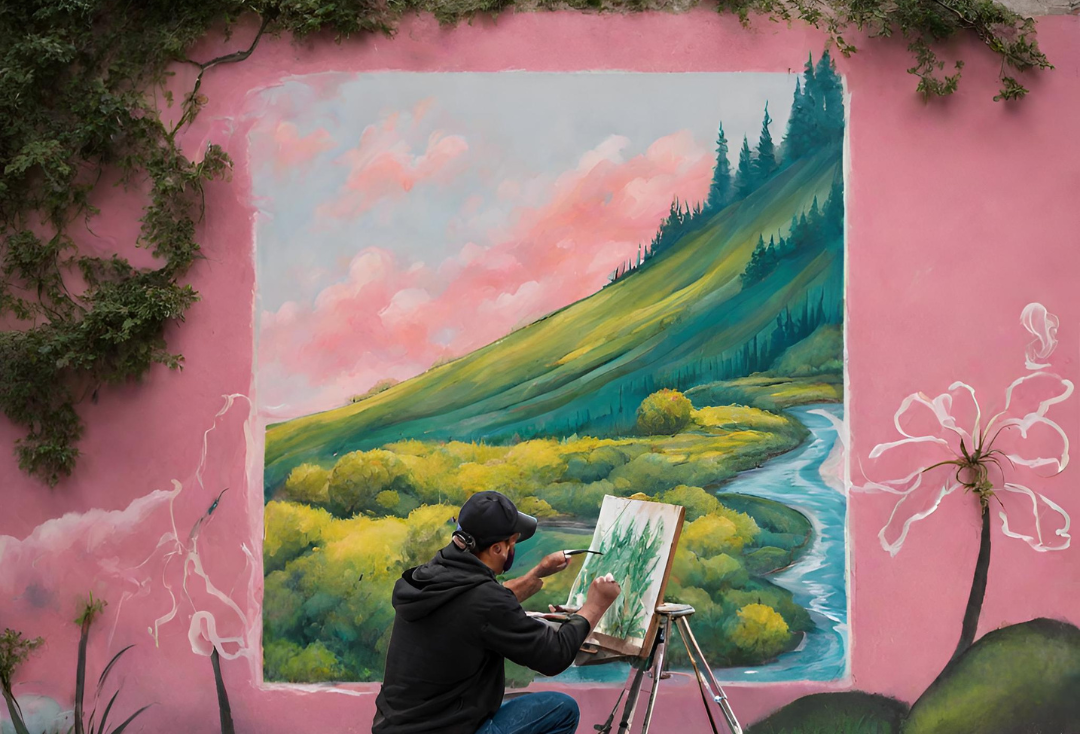
The creative sector is more than just a source of entertainment; it is a powerful force with a profound societal impact. From art and music to design and film, creative industries contribute to our culture, economy, and overall well-being in ways that extend far beyond the canvas or screen. In this article, we’ll explore the multi-faceted societal impact of the creative sector and how it shapes our world.
Economic Growth and Job Creation
One of the most visible impacts of the creative sector is its contribution to the economy. Creative industries generate substantial revenue globally, providing jobs for millions of people. In addition to artists and performers, these industries employ professionals in marketing, production, distribution, and more. By fueling economic growth and job creation, the creative sector strengthens communities and supports livelihoods.
Cultural Preservation and Identity
The creative sector plays a crucial role in preserving cultural heritage and promoting cultural identity. Art, literature, and performance are powerful tools for expressing and celebrating the unique facets of different cultures. Museums, galleries, theaters, and libraries serve as spaces where the past and present converge, allowing us to connect with our roots and understand the world through different lenses.
Innovation and Creative Problem-Solving
Creativity is the heart of innovation, and the creative sector is a breeding ground for new ideas and approaches. The innovative spirit of creative professionals extends beyond their industries; it influences other sectors like technology, business, and education. Creative problem-solving, artistic expression, and out-of-the-box thinking are skills that drive progress and positive change across society.
Social Impact and Advocacy
The creative sector often serves as a vehicle for social change and advocacy. Artists, writers, filmmakers, and musicians use their platforms to raise awareness about important issues such as social justice, human rights, environmental sustainability, and mental health. Creative works have the power to evoke empathy, challenge stereotypes, and inspire action.
Education and Personal Development
Engagement with the creative sector contributes to personal growth and education. Exposure to the arts from a young age fosters creativity, critical thinking, and emotional intelligence. Educational programs that incorporate the creative arts empower individuals to express themselves, build confidence, and explore their potential.
Tourism and Cultural Exchange
Creative sectors are magnets for tourism and cultural exchange. Festivals, exhibitions, performances, and cultural events attract visitors from around the world. These interactions promote cross-cultural understanding, boost local economies, and create opportunities for intercultural dialogue.
Quality of Life and Well-Being
Engaging with the creative sector has a direct impact on the quality of life and well-being. Art, music, and literature have therapeutic effects, reducing stress, anxiety, and depression. Public art installations and green spaces contribute to aesthetically pleasing urban environments that enhance residents’ overall satisfaction.

Conclusion
The societal impact of the creative sector is profound and far-reaching. Beyond its economic contributions, the creative sector enriches our culture, fosters innovation, addresses societal issues, and enhances our personal lives. Recognizing and supporting this sector’s vital role is essential for a vibrant, inclusive, and progressive society. Whether through policies that promote arts education, investments in creative industries, or the celebration of artistic expression, society benefits greatly from embracing and nurturing the creative sector as a force for positive change and innovation.




